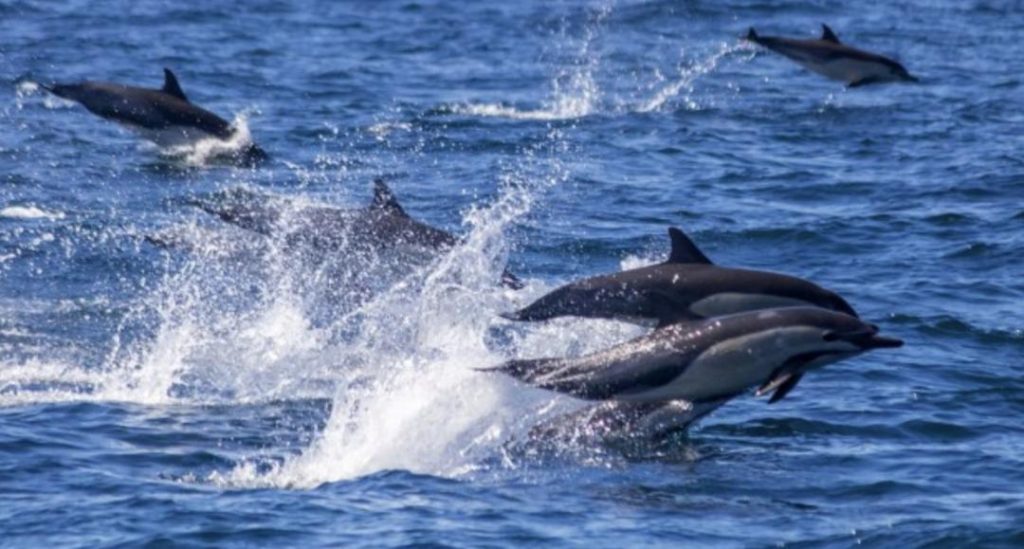
Dolphins & Whales Regularly Socialise with Each Other: Study
In a heartwarming discovery, researchers have found that dolphins and whales regularly socialise with each other, engaging in playful interactions that showcase the complexity of their relationships. The study, conducted by Griffith University, analyzed videos and photographs of interactions between baleen whales and dolphins, covering 19 species across 199 separate events.
The findings, published in the journal Marine Mammal Science, revealed that dolphins and whales frequently socialise and play together, with the most common interaction involving dolphins swimming near the whale’s head. The study highlights the importance of these interactions, which provide valuable insights into the social dynamics of these marine mammals.
Researchers from Griffith University’s School of Environment and Science studied the interactions between dolphins and whales in the wild, using a combination of observation and analysis. They found that dolphins and whales engaged in a range of behaviors, including swimming together, playing with each other, and even appearing to groom one another.
One of the most striking findings was the level of mutual play between dolphins and whales. In many cases, the dolphins would initiate play by swimming near the whale’s head, and the whale would respond by swimming closer or even breaching the water’s surface. This level of interaction suggests a high level of trust and understanding between the two species.
The study also found that certain dolphin species were more likely to engage in social interactions with whales. Bottlenose dolphins, in particular, were the most involved dolphin species, with many instances of playful interaction observed. This could be due to their highly social nature, as bottlenose dolphins are known to form close bonds with each other.
The researchers believe that these social interactions between dolphins and whales are crucial for their survival and well-being. In the wild, dolphins and whales face numerous threats, including habitat degradation, entanglement in fishing gear, and noise pollution. By studying their social behaviors, scientists can gain a better understanding of their needs and develop more effective conservation strategies.
The study’s lead author, Dr. Lars Bejder, emphasized the importance of continued research into the social interactions between dolphins and whales. “These findings highlight the complexity and richness of the social behaviors exhibited by dolphins and whales,” he said. “Further research is needed to fully understand the nature of these interactions and how they contribute to the overall well-being of these animals.”
The study’s findings also have implications for our understanding of animal intelligence and social behavior. Dolphins and whales are renowned for their intelligence and complex social structures, and these interactions provide further evidence of their advanced cognitive abilities.
In conclusion, the study’s findings are a testament to the remarkable social abilities of dolphins and whales. These interactions not only provide a fascinating glimpse into the lives of these marine mammals but also highlight the importance of conservation efforts to protect their habitats and well-being.






